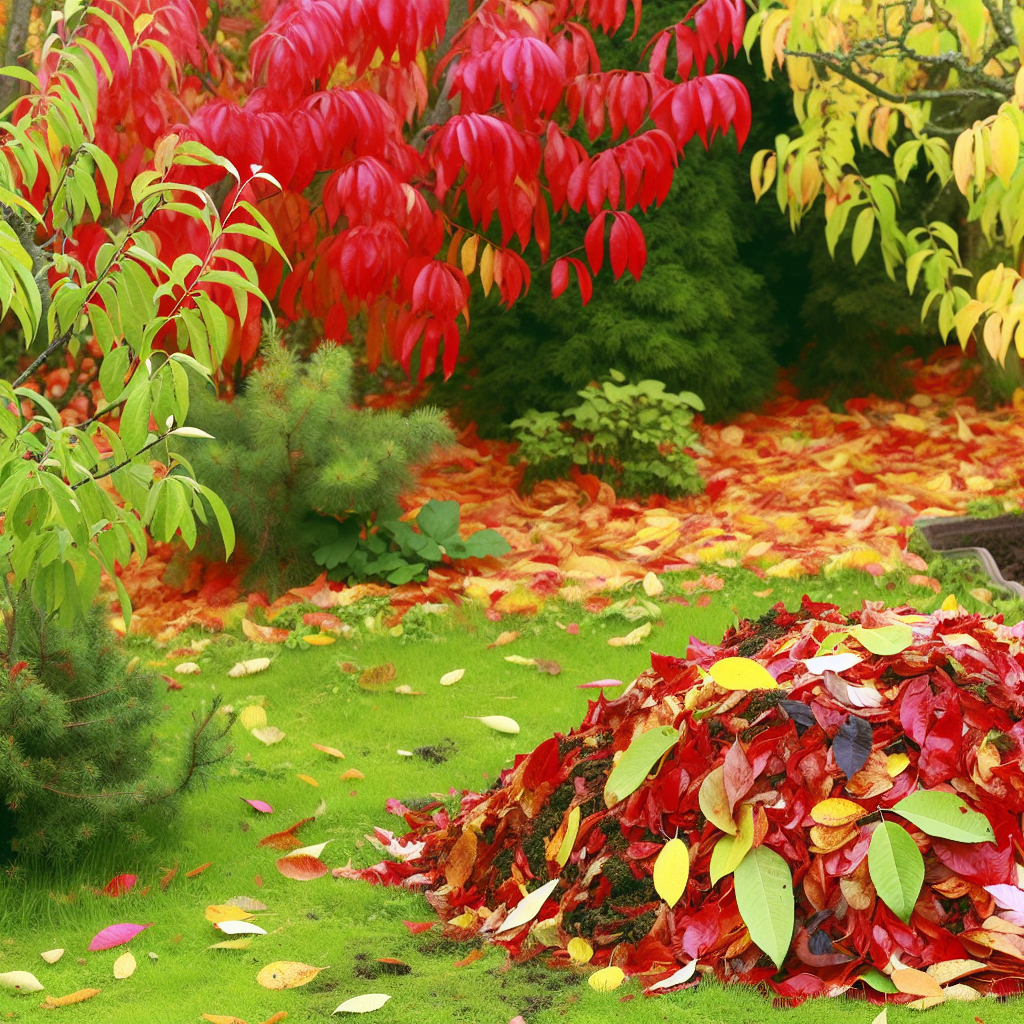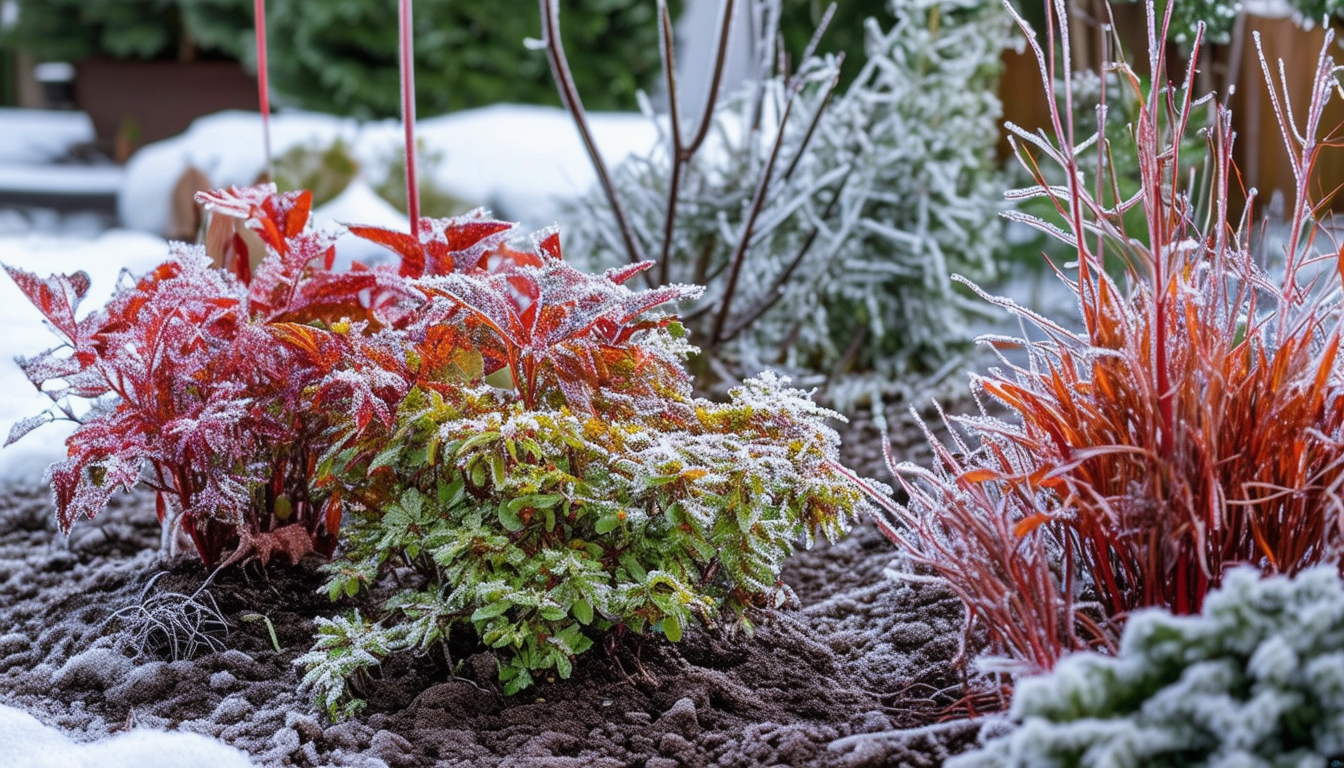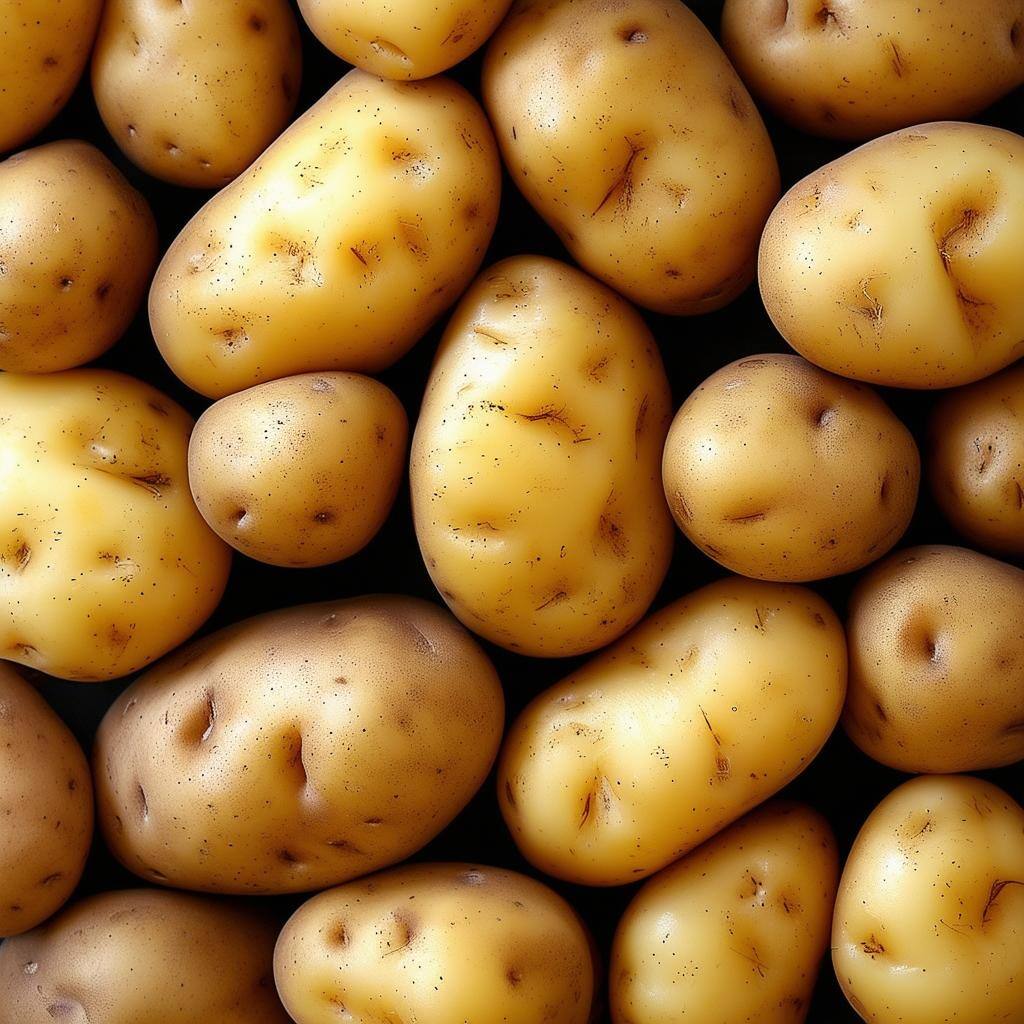
Transform your garden this fall by learning the best methods to compost autumn leaves, turning them into nutrient-rich soil.
The Benefits of Composting Autumn Leaves
Composting autumn leaves not only helps manage the seasonal leaf fall but also provides numerous benefits to your garden. By composting, you recycle organic material, reducing waste and creating a valuable resource for your garden. Leaf compost, also known as leaf mold, enriches the soil with essential nutrients and improves its structure, making it more fertile and better at retaining moisture.
Furthermore, composting leaves reduces the need for chemical fertilizers, which can be harmful to the environment. It also helps in suppressing plant diseases and pests, leading to healthier plants. Overall, composting autumn leaves is an eco-friendly way to maintain a vibrant and thriving garden.
Choosing the Right Leaves for Composting
Not all leaves are created equal when it comes to composting. Some leaves decompose faster and provide more nutrients than others. Ideal leaves for composting include those from trees like maple, ash, birch, and fruit trees. These leaves break down relatively quickly and add valuable nutrients to your compost.
On the other hand, leaves from oak, beech, and holly are slower to decompose due to their high lignin content. While they can still be composted, it's best to shred or chop them before adding them to the compost pile to speed up the decomposition process. Avoid using leaves that are diseased or treated with pesticides, as they can harm your compost and garden.
Step-by-Step Guide to Composting Autumn Leaves
1. **Gather and Shred the Leaves**: Collect fallen leaves from your yard and run a lawnmower over them to shred them into smaller pieces. Shredding increases the surface area, speeding up the decomposition process.
2. **Create a Compost Pile**: Choose a location in your garden for your compost pile. Ideally, it should be in a shaded area to retain moisture. Start the pile with a layer of coarse material like twigs or straw to promote aeration.
3. **Mix Green and Brown Materials**: Add a mix of green materials (such as grass clippings, kitchen scraps, and manure) and brown materials (like shredded leaves, straw, and paper). The ideal ratio is about 2 parts brown to 1 part green.
4. **Maintain the Pile**: Turn the pile regularly to aerate it and keep it moist, but not soggy. This helps to speed up the decomposition process and prevents the pile from becoming anaerobic.
5. **Monitor and Harvest**: Keep an eye on the temperature of the compost pile. A properly maintained compost pile will heat up, breaking down the materials faster. Your compost is ready to use when it becomes dark, crumbly, and has an earthy smell.
Common Mistakes to Avoid When Composting Leaves
One common mistake is adding too many leaves at once without adequately mixing them with green materials. This can lead to a compost pile that is too dry and slow to decompose. Always balance your compost materials.
Another mistake is neglecting to turn the pile regularly. Turning the pile introduces oxygen, which is essential for the decomposition process. Without enough oxygen, the pile can become anaerobic, leading to unpleasant odors and slower decomposition.
Additionally, avoid composting leaves that are diseased or treated with chemicals, as these can introduce harmful pathogens or toxins into your compost, affecting your plants' health.
Using Your Leaf Compost to Boost Garden Health
Once your leaf compost is ready, it's time to put it to good use in your garden. Spread a layer of compost on your garden beds to enhance soil fertility. The compost will provide essential nutrients to your plants, promoting healthy growth.
You can also use leaf compost as mulch around trees, shrubs, and vegetable plants. Mulching helps retain soil moisture, suppress weeds, and regulate soil temperature. Additionally, as the compost breaks down further, it will continue to enrich the soil.
Incorporating compost into your potting mix is another excellent way to benefit from leaf compost. It improves the soil structure, making it more aerated and better at retaining water, which is crucial for container gardening.



